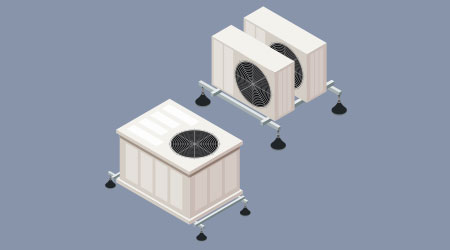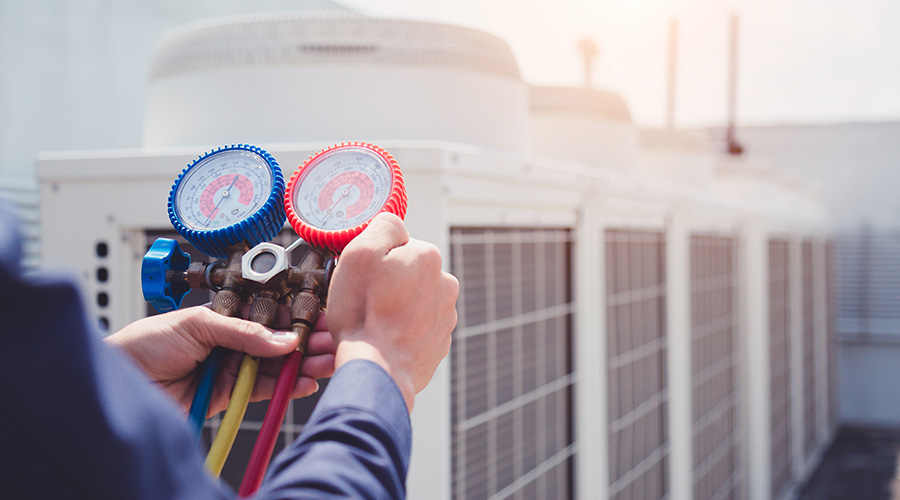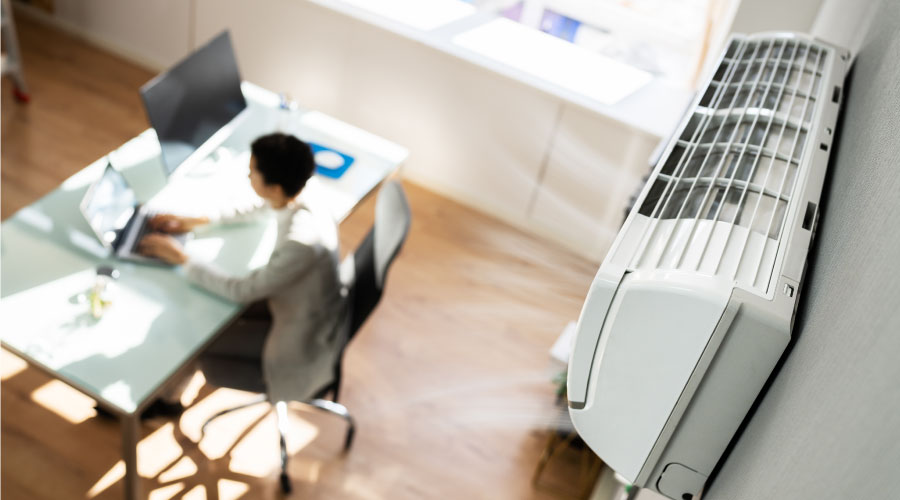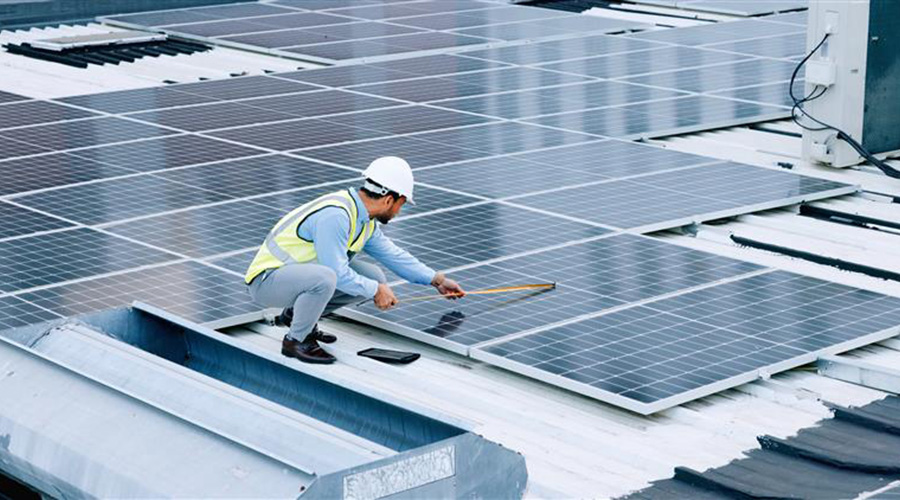3 HVAC Measures To Fight COVID-19
If you've already installed UV-C, consider these three strategies proven to mitigate the spread of COVID-19.
While UV-C technology carefully specified and installed in institutional and commercial facilities can help prevent the spread of the coronavirus, maintenance and engineering managers also can deploy other measures to fight the spread of COVID-19.
1. HEPA filtration. High efficiency particulate air (HEPA) filters can remove more than 99.9 percent of particles with a diameter of 0.3 microns or greater. These particles include pollen, dust, some bacteria and some viruses. The coronavirus has a diameter of about 0.1 microns, but since the virus typically is attached to exhaled water droplets that are 5 microns or larger, they can readily be trapped by a HEPA filter. Tests have shown an efficiency rating for trapping the coronavirus at 99.9 percent.
The high cost and increased fan energy requirements related to the use of HEPA filters have limited their use to special applications, such as certain medical facilities and manufacturing clean rooms.
One alternative system that is relatively low cost to purchase and operate is a portableHEPA unit. These systems include a fan, and managers can specify them for cleaning air in high-risk areas or areas needing additional protection. Different capacity units are available depending on the size of the application.
2. Outdoor-air ventilation rates. Over the past several decades, HVAC systems have been designed to operate with a minimum of outside air. Increased levels of outdoor air dilute contaminants in indoor air, including COVID-19, but that benefit comes at a price. Higher outdoor-air ventilation rates increase heating and air conditioning costs as the system must raise or lower the temperature of outside air to the temperature of the conditioned space.
Higher rates of outdoor-air ventilation by themselves might not help much in the fight against the coronavirus, since they do not reduce the person-to-person spread indoors. But higher ventilation rates coupled with other good practices can curtail the spread of the virus from one area in a building to another area served by the same system.
3. Humidity levels. Studies of the impact of humidity levels in indoor spaces have shown that relative humidity of 40-60 percent might help limit the spread of the coronavirus. Researchers have shown that it remains airborne longer and, as a result, can travel farther in dryer settings.
Not all HVAC systems can maintain these levels, particularly during winter. If managers attempt to maintain higher humidity levels, they must ensure technicians carefully monitor the operation of HVAC systems and conditioned spaces for condensation and the development of mold.
James Piper, P.E. is a national consultant based in Bowie, Md. He has more than 35 years of experience with facilities maintenance, engineering and management issues.
Related Topics:












